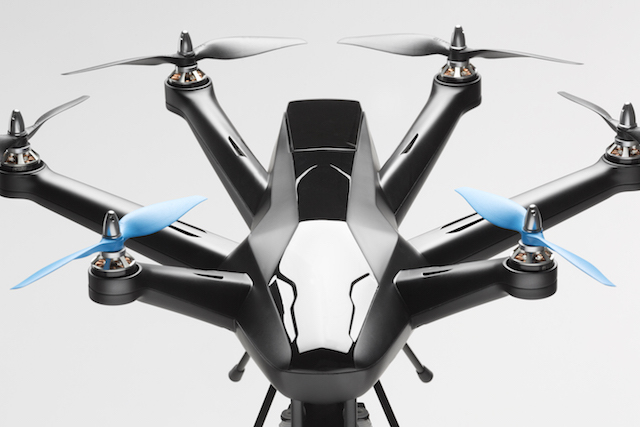Last week I was asked by someone considering starting a business what I’d recommend in the way of software for a new company.
That’s a good question as cloud services have completely changed what a business should buy over the past five years when the answer back then would have been to buy a new PC with Microsoft Office preloaded along with a boxed accounting package.
More importantly for a cash strapped business, whether it’s a tech startup or a more conventional business, today’s cloud based tools don’t need new computers and most have free versions that suffice for those early days before a venture has established a cash flow or its viability. That radically changes the economics of setting up a new business.
Google Docs
This is the basic essential tool for a new business giving a basic word processing, spreadsheet and presentation package. The free version of Google Docs is technically only available to educational or home users, but then you are running your new business from home aren’t you?
Paid versions of Google Apps are either five dollars or ten dollars per user per month depending on the features or storage you want. Again for most small business the cheaper version will usually suffice.
For power users, Microsoft Office is often unavoidable as the spreadsheet and wordprocessing features of Excel and Word are far more extensive than Google’s.
Email and calendar functions
Once upon a time your choice of email tool mattered, today it doesn’t as there’s no shortage of free cloud based tools or, if you’re a Mac user, Apple Mail. For most small businesses it’s easiest just to choose Google’s Gmail or Microsoft’s Outlook.com. If you’ve chosen Microsoft’s Office 365 package than Outlook is part of the business bundle.
Also in the past having an online, shareable calendar was a nice to have but often expensive feature that required a server. Now almost all systems come standards with calendars although Google has the edge in terms of sharing calendars between workgroups.
Storage
Being able to store and share files into the cloud has been a boon for small businesses which in the past needed to have an expensive and clumsy inhouse server if they want to share information or even just to access it on the road.
Microsoft give unlimited storage for Office 365 subscribers while Google offer 15Gb for the free Docs service, 30Gb for the $5 Apps Plan and unlimited space for the $10 Apps plan if you have more than five users. Apple’s pricing is more complex with five different tiers although iCloud is a much more elegant solution for backing up iOS and OS X devices.
Two third party storage providers such as Box and Dropbox are also worth considering with both offering advanced tools and integration with other cloud services. Dropbox offers a free version with 2Gb of data, a Pro version including a Terabyte of space and a business version that is unlimited at $17 per month.
Accounting
One of the biggest mistakes a new business makes is skimping on accounting software. This is one of those areas where cutting corners early can be expensive later. The most popular cloud accounting service for small business is Xero which does a great job in integrating with other online platforms including Office 365 and Google Apps for $25 a month.
Xero though is not alone in this field with MYOB, Reckon, Quicken and others fighting for marketshare. It’s best to talk to your accountant and find what they work with as this will save problems when you come to do your books.
Website
Every business needs a web presence. If your new company is a local service, retail or hospitality outlet then you have to be listed on Google My Business which literally puts your company on the map. Listings on Facebook and signing up with all the main social media services is a must do as well.
The cornerstone though of an online presence though is a website and the easiest, quickest and no-cost way is to set up a website on Google’s Blogger platform. Once your business gets up and running then having your own web server running WordPress is the best long term solution but in those early days Blogger will suffice and the upgrade path between the two is surprisingly painless.
Every business though is unique and your business might need more than these five basic tools. If you’re in hospitality and retail you’ll need a Point of Sale solution while if you’re a tech startup products like Slack and Basecamp may be needed as well.
The five basics though are common to all businesses regardless of the industries they’re in and regardless of the aspirations of the owners. The fact you can set up a business for almost nothing is one of the reasons why it’s worth giving it a go.
Similar posts:




